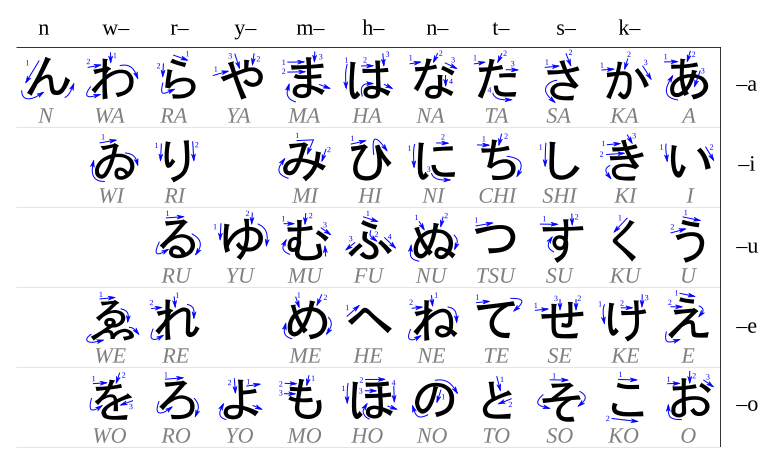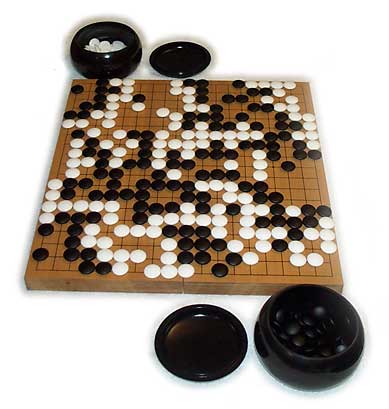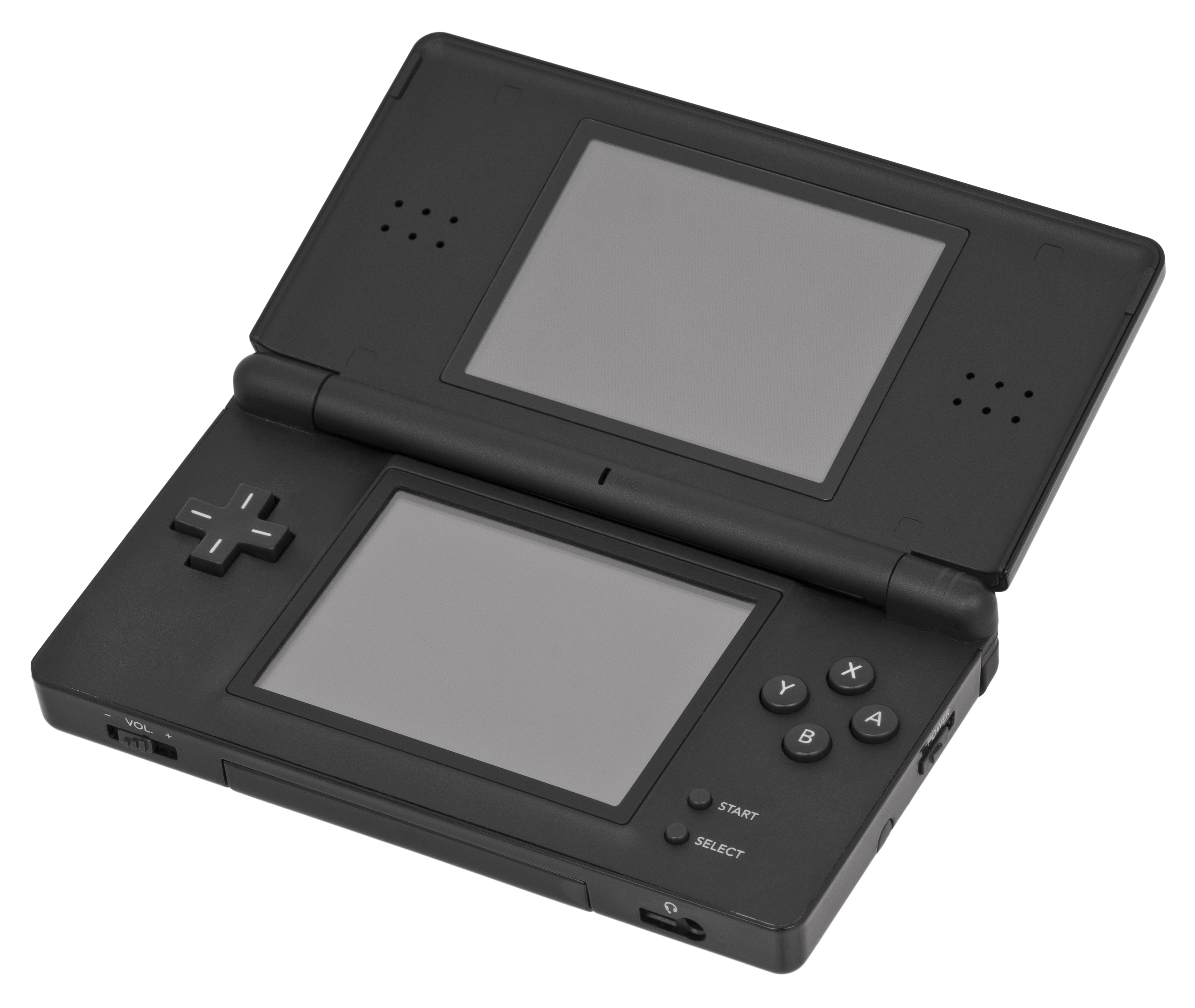 Before in
Japan, they had no writing system but when they imported Chinese Scripts they
were writing Classical Chinese or Japanese-Chinese hybrid style. Overtime the
Japanese and Chinese writing system were the same or similar meanings. These
two characters were simplified and became two syllabic scripts that are
Hiragana and Katakana, which had the same set of sounds in the language. These
consist of a little less than 50 ‘letters’ which are simplified to the Chinese
characters.
Before in
Japan, they had no writing system but when they imported Chinese Scripts they
were writing Classical Chinese or Japanese-Chinese hybrid style. Overtime the
Japanese and Chinese writing system were the same or similar meanings. These
two characters were simplified and became two syllabic scripts that are
Hiragana and Katakana, which had the same set of sounds in the language. These
consist of a little less than 50 ‘letters’ which are simplified to the Chinese
characters. |
| This is another example of how Hiragana will be. |
The
Japanese writing language are written in Kanji and hiragana is used mainly for
grammatical purposes. When you learn the practical you will notice. The
difficult words or rare Kanji, are also written in Hiragana. While Katakana
represents the sounds as Hiragana, which represent the new words that are
imported from the Western countries and this is also based from the Roman
alphabet.
| This is the a Japanese script. |
Basically the interesting thing is that the
writing is very different from our languages and they show much importance on
their own language. The Japanese language had also creation of how they write
the alphabet and they had also art in those words. These words show the
importance in art for example they made a lot of scripts. The
Japanese they had calligraphies that they are also form and artistic writing.
The writing will be written by a traditional ink stone and it is also important
as how they put thee writing as an alignment, colour of the background and
texture from the brush strokes.
| There are the Ink stone, brushes and an exampe of how they will creat the writing. |
In Malta
the Japanese Language and writing is not very popular but some people learn
Japanese language and how to write Japanese. We had some scripts as well in
Malta and these will be found in Museums, the Chinese garden and some houses
they had something similar. The same thing that we had common are the words
that are based from the Roman alphabet. Another important thing is that you
didn`t see a lot of places that make calligraphy of their own language but they
respect their own language and writing.
Resource:
Tae.k.Learn Japanese. The Japanese Language and writing.(online) Available at.< http://www.guidetojapanese.org/learn/grammar/hiragana>





.png)















